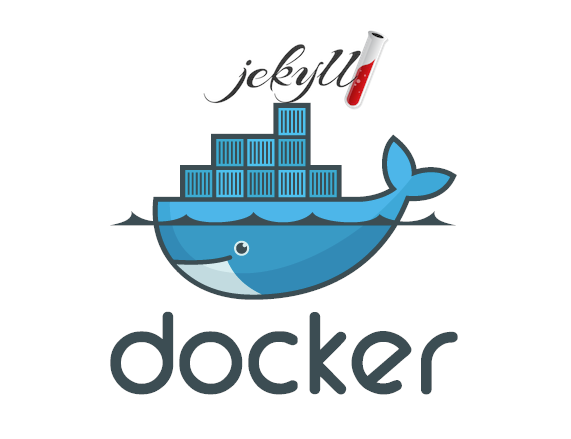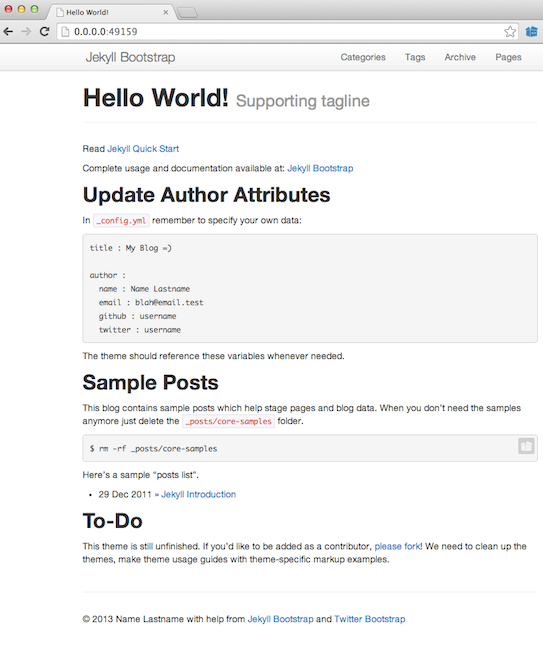
Jekyll is an awesome static blogging platform that runs on Ruby. It can be a little challenging to setup on certain platforms, though. If you want to avoid Ruby dependency hell, you have a couple options:
- Download, install, and maintain RVM and associated gems (which can be challenging in of itself)
- Get Docker, download a Jekyll Docker Container and forget about Ruby altogether.
What is Docker?
Docker is an open-source project to easily create lightweight, portable, self-sufficient containers from any application. The same container that a developer builds and tests on a laptop can run at scale, in production, on VMs, bare metal, OpenStack clusters, public clouds and more.
Interested? Then read the whole story.
Setup Jekyll using Docker
In this article, I'll show you how to Get a Jekyll site up and running in no time with Docker.
- Choose an installation and follow the instructions: http://www.docker.io/gettingstarted/#h_installation
- Login as
rootto your instance Download paintedfox/jekyll container:
root@docker1:~# docker pull paintedfox/jekyllTest and ensure the jekyll command is working:
root@docker1:~# docker run -i -t paintedfox/jekyll serverYou should see something like the following if it worked:
Configuration file: none Source: /data Destination: /data/_site Generating... done. Server running... press ctrl-c to stop.Success!
ctrl-cto kill the processCreate a directory where Jekyll should pull content from
root@docker1:~# mkdir /var/jekyllDownload or build a Jekyll site. Maybe try Jekyll Bootstrap?
root@docker1:~# cd /var/jekyll root@docker1:~# git clone git@github.com:plusjade/jekyll-bootstrap.gitOR just grab the static code dump instead:
root@docker1:~# cd /var/jeykll root@docker1:~# wget https://github.com/plusjade/jekyll-bootstrap/archive/master.zip root@docker1:~# unzip master.zipNow we can run the container and mount our data dir (this example assumes you downloaded a static zip file in #7 above. Replace
/var/jekyll/keykll-bootstrap-masterwith your jekyll website code dir if different):root@docker1:~# docker run -i -t -v /var/jekyll/jekyll-bootstrap-master:/data paintedfox/jekyll serverIf it worked, you should see your Image ID. Last thing we need to do before hitting the server is find out which public port Docker exposed with NAT. Run the following command and replace
181e70ac9023826e0708748ea8abca33367bad6c6211b3e65bdf8fa3b7d13086with your Image ID:root@docker1:~# docker port 181e70ac9023826e0708748ea8abca33367bad6c6211b3e65bdf8fa3b7d13086 4000 0.0.0.0:49159Hit It!

End Notes
Docker is an interesting project with an active comunity and support from companies like Rackspace, who are recognizing the potentially huge impact this could have on the industry. You can bet our hosting services team is following it closely. Check out the Avatar New York Docker Repo and follow our future contributions.
